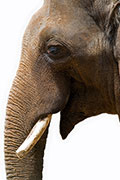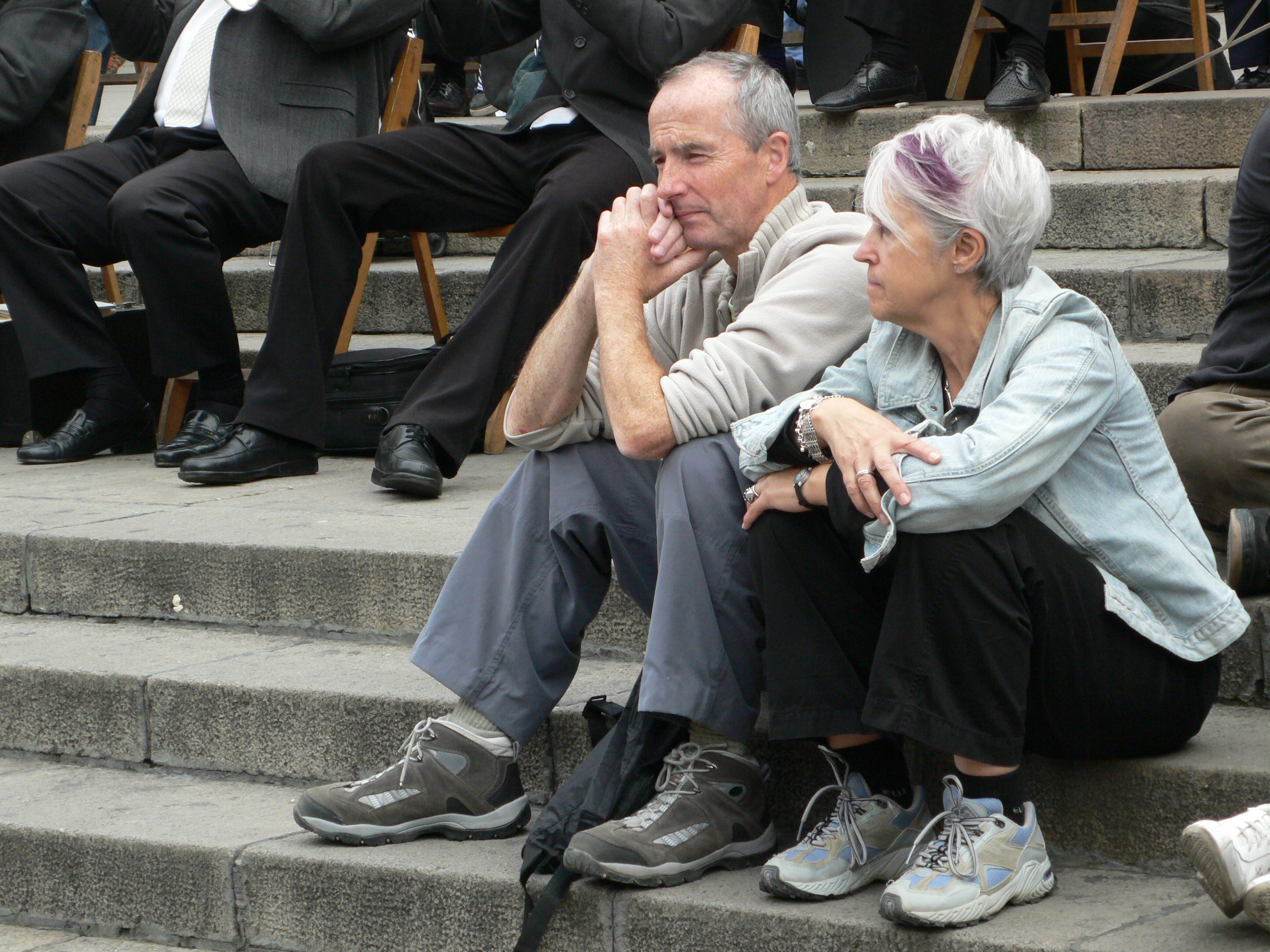
THURSDAY, Oct. 8, 2015 (HealthDay News) — What weighs upwards of 14,000 pounds, can live well past 70 years, and almost never gets cancer? The elephant.
Scientists hope that by decoding the cancer-fighting skills of the world’s biggest land animal they might gain new insights into how to better fight human disease.
Now, a team of researchers thinks it has found the elephant’s secret: a huge stash of a tumor-suppressing gene that is also found in people, only in much smaller and less aggressive quantities.
“Half of all men and a third of all women will develop cancer in their lifetime,” said study author Dr. Joshua Schiffman, an investigator at the Huntsman Cancer Institute at the University of Utah. “The uncontrolled cell division and genomic instability that is cancer is very much a disease of aging, because the older we get the less we’re able to repair damaged cells.”
Because elephants “are 100 times our size, and have so many cells, and live for such a long time, it stands to reason that just by chance alone all elephants should be dying from cancer. But they don’t,” said Schiffman.
Though the naked mole rat is also known to be cancer-resistant, the elephant’s mysterious ability to ward off cancer has been a particular focus of scientific intrigue.
The current findings appear in the Oct. 8 online edition of the Journal of the American Medical Association.
Analysis of zoo elephant death records revealed that less than 5 percent died of cancer. The cancer death rate in humans is 11 to 25 percent, the researchers said.
A subsequent analysis of the entire elephant genome placed particular focus on the so-called P53 gene, a known tumor suppressor tasked with preventing cancer by fixing damaged cells and/or killing them when repair isn’t possible.
Human cells carry just two copies of P53. But investigators discovered that elephant cells carry 40 copies.
Blood drawn from eight African and Asian elephants was then stacked up against blood drawn from 11 healthy people and 10 people who had Li-Fraumeni Syndrome. This is a genetic condition in which patients have just a single copy of P53, resulting in a 90 percent lifetime risk for developing cancer.
All the samples were exposed to radiation to inflict DNA damage.
Initially, it appeared that elephant P53 genes and human P53 genes reacted similarly: Both set out to repair DNA flaws.
But delving deeper, the investigators found that an elephant’s P53 genes were much more likely to play the role of assassin than doctor, killing off many more damaged cells than their human counterparts.
“These genes actually kill more than twice as many damaged cells as our genes do,” Schiffman said. They also killed off five times as many damaged cells as those in Li-Fraumeni Syndrome patients, indicating that it’s better to have aggressive P53 and more of them, he said.
“We’re not saying we found the cure for cancer, but now that we think we understand the elephant’s mechanism of cancer resistance, we can work on figuring out how to get this to work in humans,” he said.
That could mean, Schiffman said, finding a drug to mimic the effect of those extra P53 copies, or perhaps to get human P53 to focus on cell death rather than cell repair.
It should be noted, however, that research with animals often fails to produce similar results in humans.
Mel Greaves, a professor of cell biology and team leader at the Institute of Cancer Research in England, suggested that “the real puzzle is why humans appear to have very poor anti-cancer defenses, and very high cancer rates.” Greaves is also the author of an accompanying journal editorial.
“The answer to this puzzle seems likely to be that humans are unique in our extraordinarily fast social evolution,” Greaves suggested. “This brings in its wake much increased cancer risks, and at a pace that’s too fast for evolutionary processes to adapt. Obvious examples are that elephants don’t smoke, get sunburned or consume excessive calories.”
It doesn’t have to be that way, Greaves added. “Most cancers are preventable,” he said.
More information
There’s more on cancer risk in animals at the U.S. National Cancer Institute.
Copyright © 2026 HealthDay. All rights reserved.

